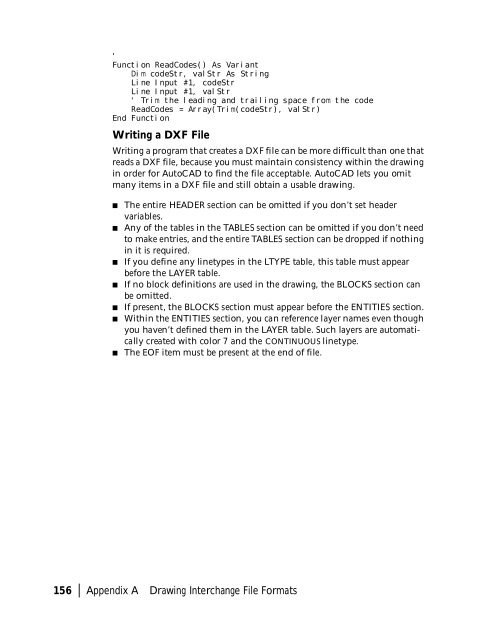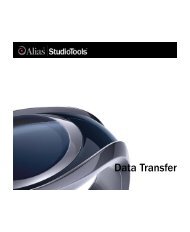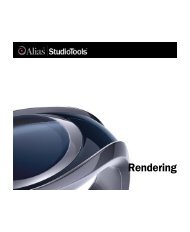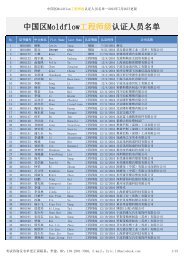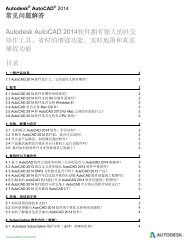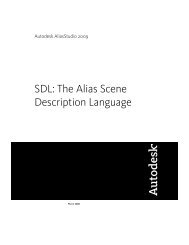You also want an ePaper? Increase the reach of your titles
YUMPU automatically turns print PDFs into web optimized ePapers that Google loves.
'<br />
Function ReadCodes() As Variant<br />
Dim codeStr, valStr As String<br />
Line Input #1, codeStr<br />
Line Input #1, valStr<br />
' Trim the leading and trailing space from the code<br />
ReadCodes = Array(Trim(codeStr), valStr)<br />
End Function<br />
Writing a DXF File<br />
Writing a program that creates a DXF file can be more difficult than one that<br />
reads a DXF file, because you must maintain consistency within the drawing<br />
in order for AutoCAD to find the file acceptable. AutoCAD lets you omit<br />
many items in a DXF file and still obtain a usable drawing.<br />
■<br />
■<br />
■<br />
■<br />
■<br />
■<br />
■<br />
The entire HEADER section can be omitted if you don’t set header<br />
variables.<br />
Any of the tables in the TABLES section can be omitted if you don’t need<br />
to make entries, and the entire TABLES section can be dropped if nothing<br />
in it is required.<br />
If you define any linetypes in the LTYPE table, this table must appear<br />
before the LAYER table.<br />
If no block definitions are used in the drawing, the BLOCKS section can<br />
be omitted.<br />
If present, the BLOCKS section must appear before the ENTITIES section.<br />
Within the ENTITIES section, you can reference layer names even though<br />
you haven’t defined them in the LAYER table. Such layers are automatically<br />
created with color 7 and the CONTINUOUS linetype.<br />
The EOF item must be present at the end of file.<br />
156 | Appendix A Drawing Interchange File Formats


